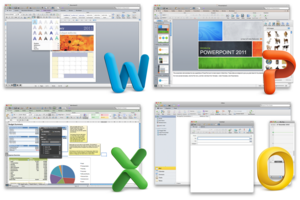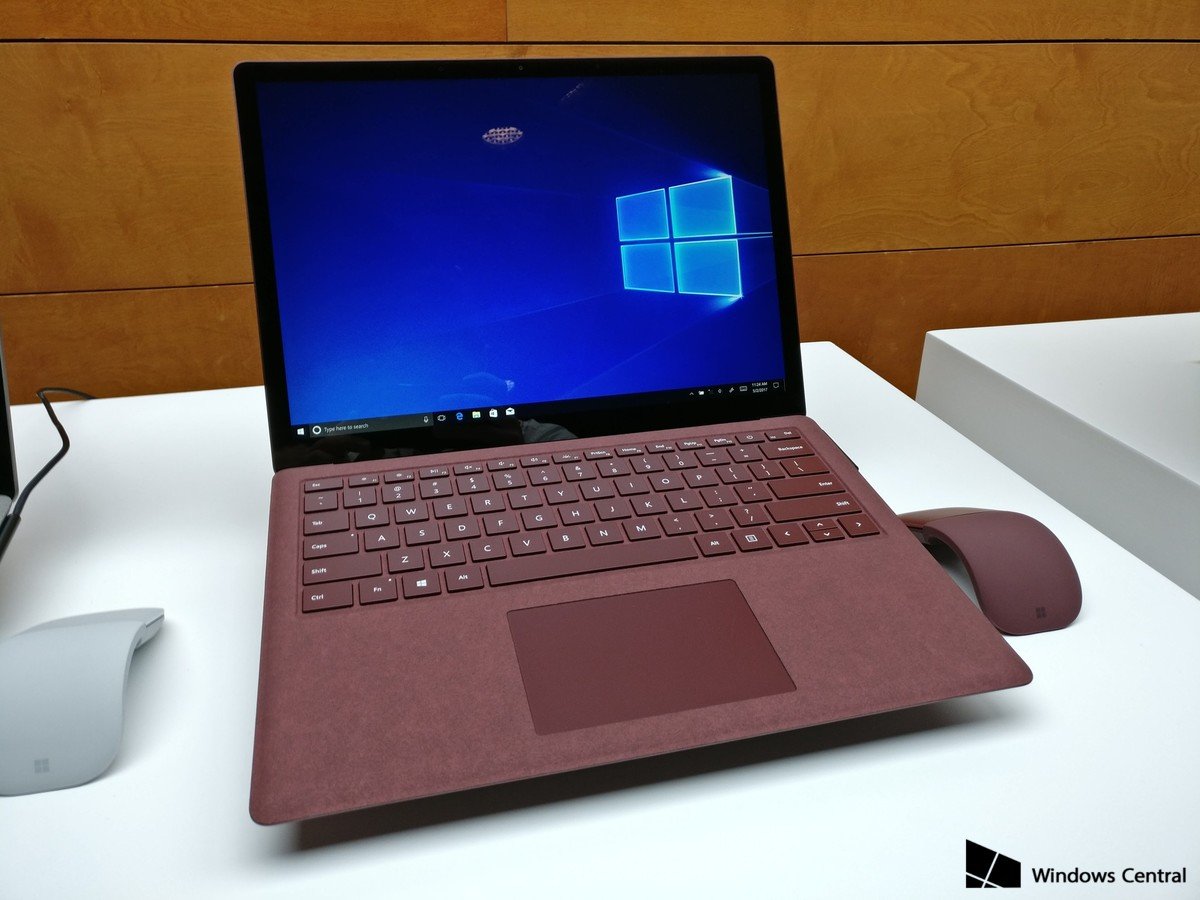- How To Update Office For Mac
- Transfer Microsoft Office 2011 From Mac To Mac Computer
- How To Transfer Microsoft Office From Mac To Mac
- How To Transfer Microsoft Office 2011 From Mac To Mac
Nov 19, 2019 However, the existing method to export contacts from Outlook 2011 for Mac is to use a text-delimited file, and this file type isn't supported in Office 365. Procedure To export contacts from Outlook 2011 for Mac to Exchange Online by using Outlook Web App, follow these steps. Step 1: Export the contacts from Outlook 2011 for Mac. Feb 24, 2015 Microsoft wants me to pay I had a legitimate copy of MS Office for Mac on my computer when the motherboard fried. I cloned the HD to my new Mac, but when I tried to open Office 2011, I was informed that I had reached the limit on the number of authorised computers.
Migration Assistant copies all of your files to your new Mac so that you don't have to copy your files manually.
- If your files are currently on a Windows PC, follow the PC migration steps instead.
- If your new Mac is using OS X Mountain Lion v10.8 or earlier, follow the Mountain Lion migration steps instead.
Check software, settings, and power
- Install all available Apple software updates on both Mac computers. Install any updates for your third-party apps as well.
- Make sure that your old Mac is using OS X Lion or later.
- Make sure that your old Mac has a computer name: Choose Apple menu > System Preferences, then click Sharing and check the Computer Name field.
- Connect both computers to AC power.
Connect the computers to each other
- If both computers are using macOS Sierra or later, just make sure that they're near each other and have Wi-Fi turned on. If either is using OS X El Capitan or earlier, connect them to the same network using Wi-Fi or Ethernet.
- Or connect them using target disk mode and the appropriate cable or adapter. Then start up your old computer in target disk mode.
- Or connect your new Mac to a Time Machine backup of your old Mac.
How To Update Office For Mac
Use Migration Assistant
On your new Mac:
- Open Migration Assistant, which is in the Utilities folder of your Applications folder.
- Click Continue.
- When asked how you want to transfer your information, select the option to transfer from a Mac, Time Machine backup, or startup disk.
- Click Continue.
On your old Mac:
If you started your old Mac in target disk mode or are migrating from a Time Machine backup, skip these four steps.
- Open Migration Assistant.
- Click Continue.
- When asked how you want to transfer your information, select the option to transfer to another Mac.
- Click Continue.
On your new Mac:
- When asked to select a Mac, Time Machine backup, or other startup disk, click the appropriate icon.
- Click Continue. You might see a security code.
On your old Mac:
If you started your old Mac in target disk mode or are migrating from a Time Machine backup, skip these two steps.
- If you see a security code, make sure that it's the same code as on your new Mac.
- Click Continue.
On your new Mac:
- You should see a list of backups organized by date and time. Choose the backup that you want to use.
- Click Continue.
Continuing on your new Mac:

- Select the information to transfer.
- Click Continue to start the transfer. If you have a lot of content, the transfer might take several hours to finish.
In the example above, John Appleseed is a macOS user account. If you transfer an account that has the same name as an account on your new Mac, you're asked to rename the old account or replace the one on your new Mac. If you rename, the old account appears as a separate user on your new Mac, with a separate home folder and login. If you replace, the old account overwrites the account on your new Mac, including everything in its home folder.
After Migration Assistant is done, log in to the migrated account on your new Mac to see its files. If you're not keeping your old Mac, learn what to do before you sell, give away, or trade in your old Mac.
Transfer Microsoft Office 2011 From Mac To Mac Computer
If you’re working with Office 2011 for Mac, you’ll be glad to know that it’s easy to move your charts from Excel to Word and PowerPoint. You can even create a chart directly in Word 2011 for Mac and PowerPoint 2011 for Mac. Easy is good!
How To Transfer Microsoft Office From Mac To Mac
The process of copying Excel charts into Word or PowerPoint is straightforward. Follow these steps:
How To Transfer Microsoft Office 2011 From Mac To Mac
Make sure that Excel and the destination application (Word or PowerPoint) are open.
In Excel, the currently open workbook needs to contain the chart you want to copy to Word or PowerPoint.
Select the chart in Excel by clicking its border.
The selection indicator is a thick, blue outline replacing the border.
Copy the chart.
Use any of the usual methods: Click the Copy button on the Standard toolbar, press Command-C, or choose Edit→Copy.
Switch to the Microsoft Word document or PowerPoint presentation.
Keep in mind that once you disable the programs, you would have to run them manually to make use of their services. Click the Disable button on the bottom part of the window.

Use the Dock or press Command-Tab.
Paste the chart.
Use any of the usual methods: Click the Paste button on the standard toolbar, press Command-V, or choose Edit→Paste.
Click the small widget in the lower-right corner of the chart.
A drop-down menu appears. The widget for Word is on the left, and the widget for PowerPoint is on the right.
Choose how you want the chart to behave while it’s living in your Word document or PowerPoint presentation:
Paste as Picture or Picture of Chart: Office converts your chart to a picture, and then pastes a picture of the chart into your document or presentation.
Excel Chart (Entire Workbook): Pastes a copy of the entire workbook as an embedded OLE (Object Linking and Embedding) object into the Word document or PowerPoint presentation, displaying the chart. Chart colors and fonts adopt document theme colors of the paste destination.
Chart (Linked to Data): This is the default option and pastes a chart object in your document or presentation. The data is linked to the Excel source workbook, which remains an independent Excel file. After updating the chart in Excel, in Word you refresh the chart by choosing Edit→Links→Update Links. PowerPoint links update automatically. Selecting the pasted chart in Word or PowerPoint activates the Charts and Format tabs on the Ribbon.
Keep Source Formatting: Word or PowerPoint doesn’t apply its existing document theme but instead retains Excel’s source colors and fonts.
Use Destination Theme: This is the default paste. The chart adopts the Word document or PowerPoint presentation’s theme.
Click outside the drop-down list to close the widget.